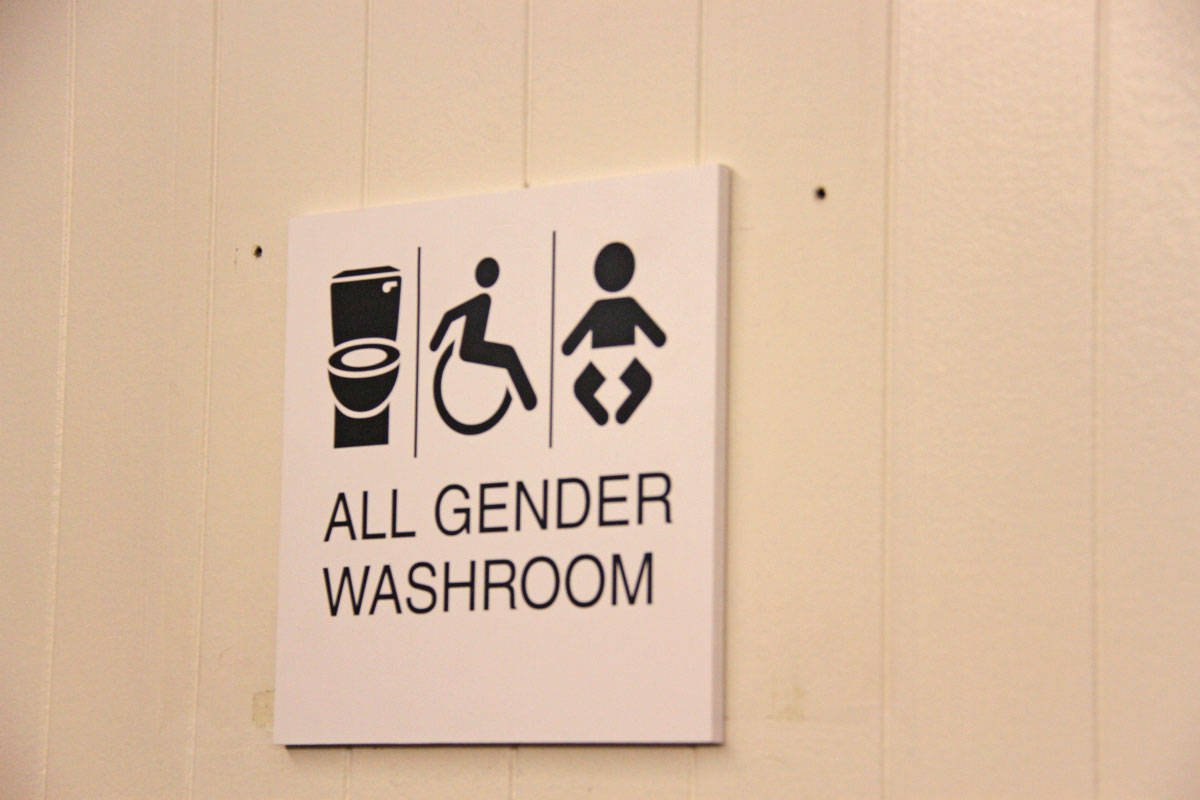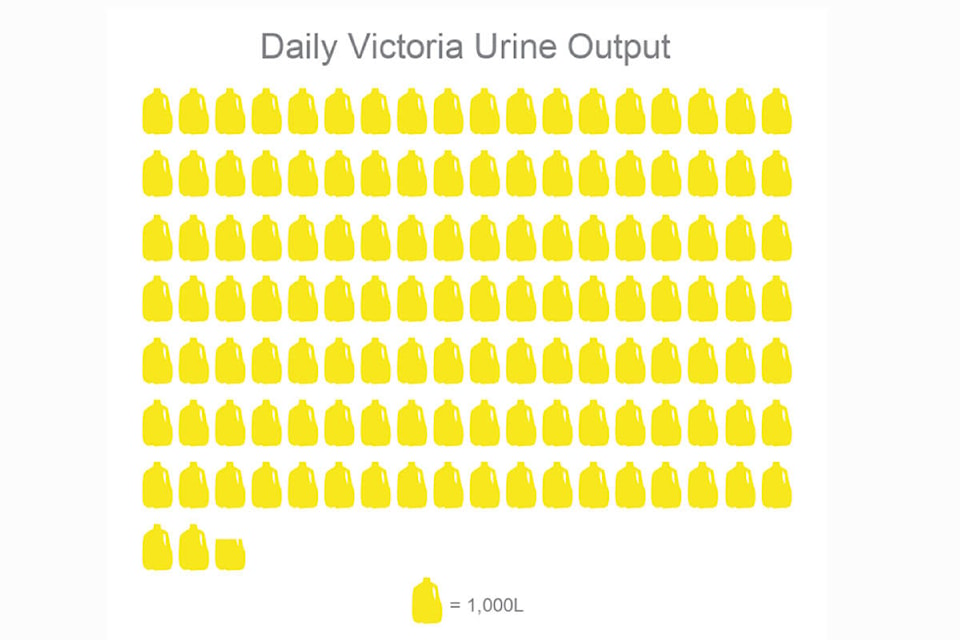Talking about toilets may seem like poor manners, but World Toilet Day seeks to address an important health issue that affects people around the globe.
Nov. 19 brings awareness to the lack of access to safe toilets. Supported by UN Water, World Health Organization and other international non-profits, a 2017 study shows 4.5 billion people live without safe, sanitary toilets. This can lead to contamination of soil and waterways, a safety and health hazard UN Water wants to eliminate by 2030.
But it’s not just developing countries plagued by the need to pee.
READ and WATCH MORE: How accessible are Victoria’s public washrooms?
Stephen Harrison, the blogger behind Needs More Spikes, examines defensive architecture in Victoria.
“There are lots of different things that are supposed to go unseen by most people. I wanted to document how the city has been built to limit use of public space by certain groups of people, in particular, homeless and poor people,” Harrison said. He points to examples of customer-only washroom signs in businesses throughout the city, and city council’s decision last spring to close Reeson and Quadra parks to overnight camping because they did not have washroom facilities (instead of adding facilities, Harrison notes).
On Nov. 8, he posted a blog that finds 136 people are peeing in Victoria right now. Harrison calculated the number by comparing the city’s population with the average amount, time and frequency people urinate in an average day. The stat, he said, was a way to highlight the daily need faced by everyone and inspire a larger discussion.
READ MORE: Mustard Seed rolls in record-breaking toilet paper numbers
“It’s not like washroom options are plentiful,” he said. “They’re scattered around, they’re not always available, some of them are locked. Lots of them lack amenities like soap and mirrors.”
Of the 22 public city-funded washrooms in Victoria, only three — at Langley Street, Centennial Square and Pandora Street — are available around the clock. One of them is a male-only urinal that can’t be accessed with a wheelchair or walker.
Harrison’s post was inspired by a washroom in the Atrium building on Blanshard that, while in a private business, used to be easily accessible with gender-neutral facilities. Then a “customers only” sign appeared, and patrons had to ask for a key from security or staff to use them. Such signs and how they’re enforced can create a barrier, he said, especially to homeless people or those who appear poor.
“Accessibility or amenities or general availability of washrooms are not plentiful, depending on who you are and the city or private businesses are treating you,” Harrison said.
One of the reasons businesses may enforce a customer-only rule, Harrison said, is because of the fear of drug use in their washrooms.
“I totally get that a barista or other staff might not want to respond as defacto-first responders, but for any business operating here, the community they’re serving includes people who use drugs,” he said. “If businesses are troubled by people using drugs in their washrooms, then perhaps they should be fighting the stigma around drug-use and fighting for things like decriminalization. Whereas locking bathroom doors is contributing to stigma…which pushes people away and could do real harm.”
After he wrote his washrooms post, Harrison said a friend pointed out that homeless people often drink fewer fluids when they know they don’t have regular access to toilets. That can create another kind of health issue.
READ MORE: Interest in park growing by the toilet paper roll
@KeiliBartlett
keili.bartlett@blackpress.ca
Like us on Facebook and follow us on Twitter

